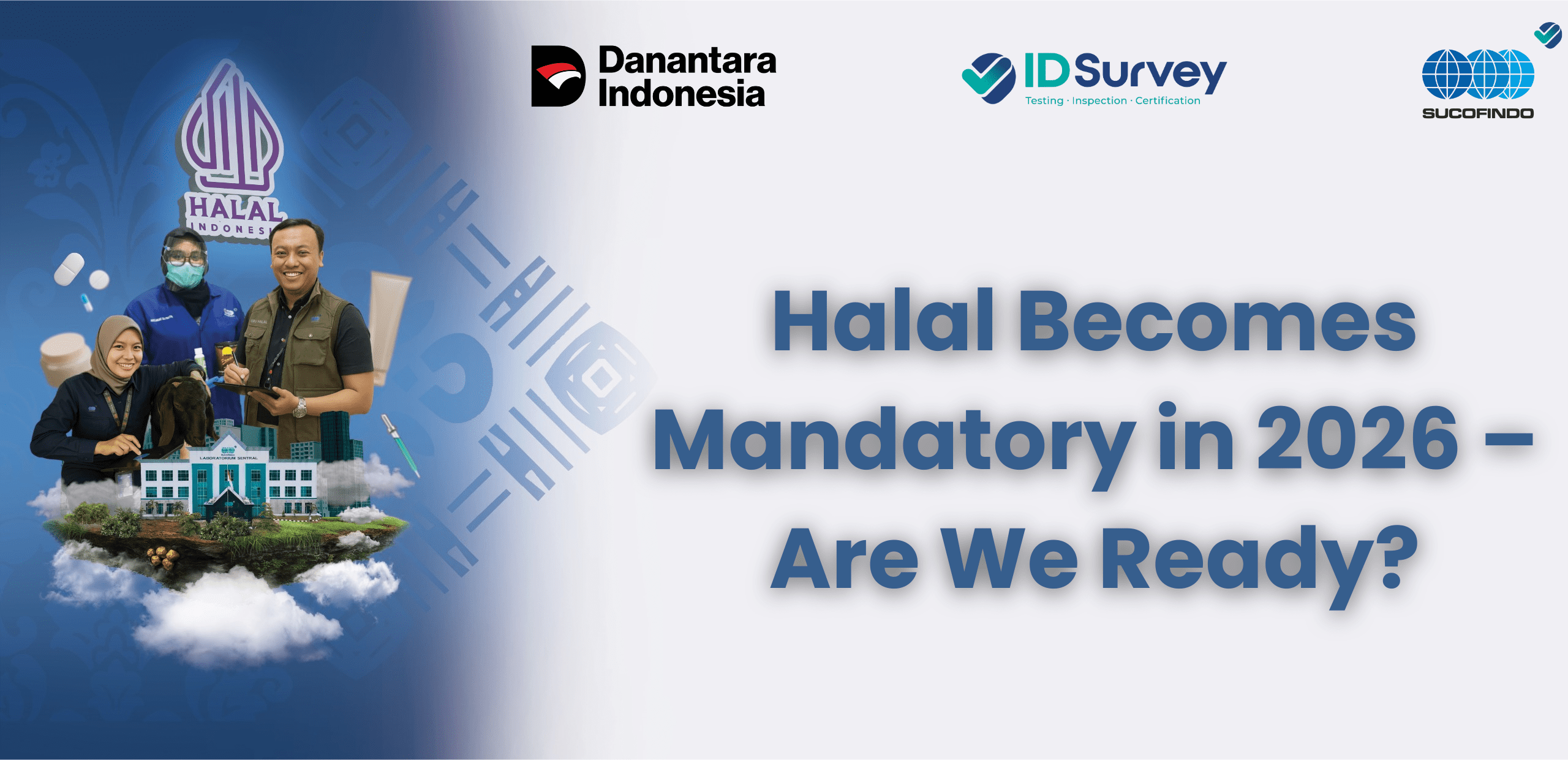Types of Personal Protective Equipment (PPE) You Should Know
According to the Regulation of the Minister of Manpower and Transmigration of the Republic of Indonesia Number Per.08/MEN/VII/2010 concerning Personal Protective Equipment, PPE or as known as Personal Protective Equipment is a tool that has the ability to protect a person by isolating the body partially or fully from potential hazards at the workplace.
Read More : What is Greenhouse Gas Validation and Verification?
There are many types of PPE, all according to the job and occupational hazards that workers have to avoid. The following are 3 types of PPE according to the work location, let’s have a look!
1. PPE in Mining Areas (Oil & Gas)
Working in the mining sector has several occupational hazards that are different from ordinary jobs. Workers are required to protect themselves from falling rocks or difficulty breathing during work. The use of Safety Goggles is for eye protection, Ear Muffs for hearing protection, Safety Helmet for head protection, Safety Vest for body protection (torso), Mask or Respirator for respiratory protection, Safety Gloves for hand protection, and Safety Shoes for foot protection.
There are provisions on personal protective equipment that need to be considered. For instance, the use of Safety Goggles is different from ordinary glasses. This eye protection must fully cover the eyes and the area around the eyes so that eyes can be protected from exposure to dust in the mining area or splashes of oil during the drilling process. Likewise, Earmuffs must meet the standard with the presence of soft foam as an impermeable cushion to reduce sound entering the ear.
2. PPE in Laboratories
Laboratories are closely related to hazardous chemical substances that are very dangerous for their workers. Therefore, appropriate personal protective equipment is needed for health and safety at work. In laboratories, you require laboratory coats that are non-flammable and not reactive to acids, Safety Shoes are strong to withstand chemical and mechanical hazards which are contained in a steel toe for work related to heavy equipment such as gas cylinders. In this field, eye and face protection used are various including Safety Glasses, Safety Goggles, welding shields, and Face Shields. Don’t forget to use Safety Gloves as hand protection to protect the skin of the hands from chemical substances.
Work safety requirements in the laboratory include the First Aid Kit which contains a manual, sterile gauze (in various sizes), bandages (in various sizes), and also the solution requirements required in the First Aid Kit. The laboratory must also be equipped with a Fire Extinguisher as a form of prevention in the event of a fire. Furthermore, access to an unlocked Emergency Exit is also required so that workers can use the door as an access to exit the laboratory in the event of an accident.
3. PPE for Work at Height
You will usually find these jobs in the construction of tall buildings that require extra tools to reduce the risk of serious injury from falling from the workplace. The tools used are very different from other PPE. The things you need to prepare are Safety Belt, Full Body Harness, Shock Absorber, Lanyard, Anchor Point, Fall Arrester, Lifeline, and Retractable Lifeline. You may feel unfamiliar with PPE components in this job. Let’s learn more about them.
The use of a Safety Belt attached around the waist serves to limit movement to prevent falling from a height. Furthermore, a Full Body Harness is also required to protect all parts of the body to reduce the risk of injury when falling from a height. In order to complete the components of body armor, a Shock Absorber is required to absorb kinetic energy and reduce the pressure caused by falling. A Lanyard or a short strap that is paired parallel to the chest serves to limit shocks during free fall.
Read More : Fumigation, General Pest Control & Termite Control? Here’s the Difference!
An Anchor Point is also an important component in this work, it has the same function as an anchor on a flat plane. It can withstand a load of at least 363 kg which is equivalent to four times the weight of the worker. A Fall Arrester is a rope that can move to follow the movement of workers vertically or horizontally. Workers can grip the Lifeline if they fall suddenly. An equally important final component is the Lifeline or flexible harness, usually attached to the Anchor Point. Meanwhile, a Retractable Lifeline serves to hold the body with a rope that can extend or pull the body to its original position (like a car seat belt).
Of the various forms of PPE and their types, has your company met the requirements of PPE according to its function? It is important for workers to wear PPE in accordance with its use and function to prevent fatality at work.
For more information about the Health Sector, you can read our article here. If you and your company need further information regarding our services, contact and consult about it here.
References:
http://bppsdmk.kemkes.go.id/pusdiksdmk/wp-content/uploads/2017/08/Kesehatan-dan-Keselamatan-Kerja-Komprehensif.pdf
https://www.safetysign.co.id/news/254/Bekerja-di-Ketinggian-Mengenal-Komponen-Sistem-Perlindungan-Bahaya-Jatuh-Fall-Protection-Systems








